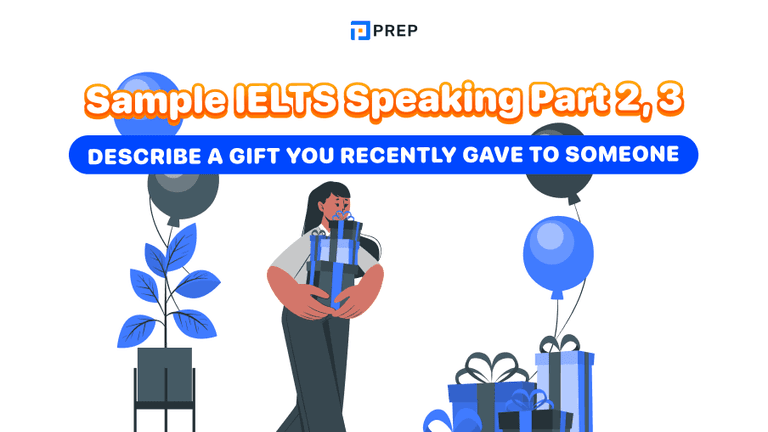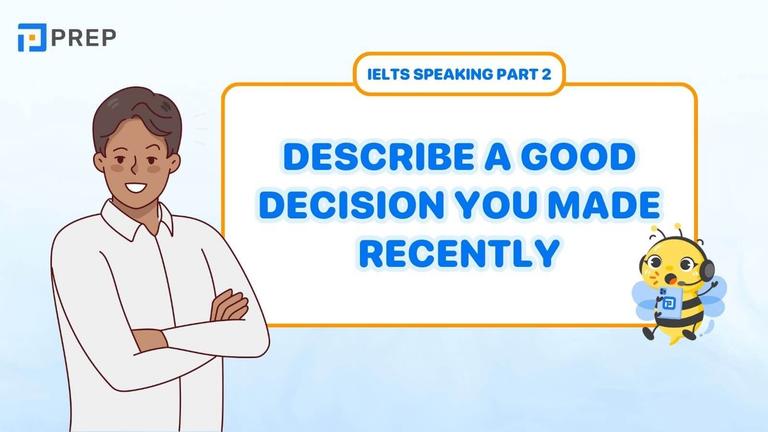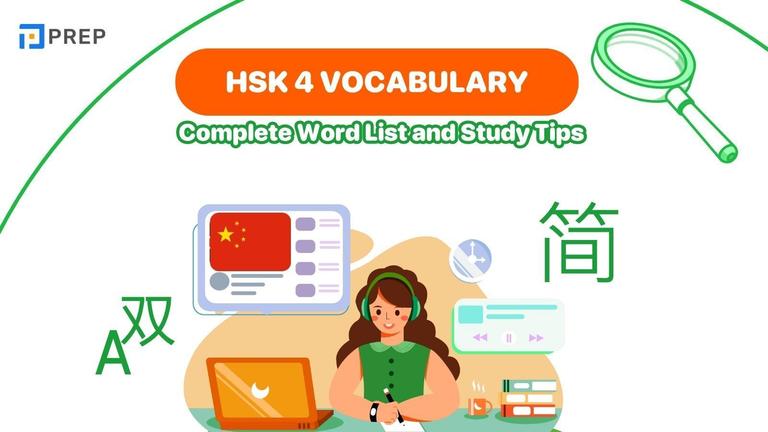Practicing Conversational English Listening Tips
Practicing conversational English listening helps you understand natural speech, accents, and everyday phrases used by native speakers. In this guide, you’ll explore the most effective ways to improve your listening skills through real conversations, tools, and daily practice.

I. Why Listening to Conversations Is Key to Real English Fluency
When it comes to becoming truly fluent in English, listening to real conversations is one of the most essential skills you can develop. Unlike scripted textbook dialogues, authentic conversations expose you to how native speakers actually talk — including connected speech, contractions, idioms, and natural sentence flow.
The Role of Listening in Speaking Fluency
-
Listening helps you internalize intonation, rhythm, and pronunciation patterns, which directly influence how you sound when you speak.
-
By regularly hearing native speakers, you build automatic recognition of structures and vocabulary, reducing the need to "translate in your head".
-
It also increases reaction speed and helps you respond more naturally during conversations.
Common Challenges Learners Face with Conversation Listening
-
Native speakers tend to speak too fast, blend words together, or use slang and idiomatic expressions that learners haven’t encountered in textbooks.
-
Many learners struggle with understanding meaning in context, especially when speakers don't follow formal grammar rules or skip words.
-
Difficulty in identifying key information versus filler language often leads to misunderstanding or hesitation in responding.
By understanding why conversation-based listening is so critical — and being aware of the common obstacles — you'll be better prepared to choose the right learning strategies and stay motivated throughout your fluency journey.
-
For guided practice plans and exercises, see english listening practice.
II. Best Strategies to Practice Conversational English Listening
Improving your ability to understand real spoken English takes more than just watching videos or listening to podcasts passively. To make real progress, especially in conversational contexts, you need to apply targeted and consistent strategies.
Learn by Situation and Theme
-
Focus on conversations based on real-life contexts like shopping, interviews, casual chats, or doctor visits.
-
This helps you become familiar with functional language and topic-specific phrases you’re likely to hear and use.
-
Try materials that are organized by daily situations, such as video lessons or role-playing scripts.
Practice with Subtitled Content First, Then Without
-
Start with subtitles on to understand vocabulary, new expressions, and sentence structure.
-
Re-watch the same content with subtitles off to test your comprehension and improve focus on tone and speed.
-
Gradually reduce support — moving from full transcript to keywords only — to stretch your listening skills.
Use the Shadowing Technique to Improve Pronunciation and Rhythm
-
Shadowing involves repeating what you hear in real-time, mimicking the speaker’s intonation and pace.
-
It strengthens both listening and speaking simultaneously by training your brain-muscle connection.
-
Choose short, natural dialogues for shadowing — such as podcast excerpts, movie scenes, or everyday English videos.
By consistently combining these strategies, you’ll become more comfortable with natural speech patterns and better equipped to follow — and join — conversations with confidence.
-
Learn how to turn passive exposure into active gains with passive listening in English.
III. Useful Tools and Resources to Practice Listening to Real Conversations
Access to the right tools can dramatically improve your ability to understand and engage in everyday English conversations. Fortunately, there are many platforms designed to help learners practice real spoken English — anytime and anywhere.
Here are some of the most reliable and learner-friendly resources you can use to sharpen your listening skills in realistic contexts.
1. Mobile Apps with Conversation-Based Listening
Mobile apps have become one of the most convenient and effective tools for practicing conversational English listening. Designed for everyday learners, many of these apps focus on real dialogues, natural pronunciation, and interactive feedback to help you understand spoken English in context.
Here are some of the top apps worth trying:
-
ELSA Speak – Uses AI to help you improve pronunciation and intonation. While it’s often speaking-focused, its listening features let you repeat and mimic real-world dialogues, developing both skills together.
-
Cake – Offers real clips from movies, series, and YouTube, with subtitles and native expressions. Great for short, engaging practice sessions and picking up everyday vocabulary.
-
Speakly – Combines listening and speaking through real-life situations and conversation models. It customizes content based on your level and focuses on helping users apply phrases in practical scenarios.
-
BBC Learning English App – Packs decades of trusted content, with audio lessons and dialogues presented by native speakers, including series like English at the Movies or The English We Speak.
These apps often include features like:
-
Adjustable playback speed
-
Subtitles and transcripts
-
Speaking repetition or shadowing mode
-
Daily reminders to build consistency
For learners who want flexibility and results, mobile apps can offer a structured yet accessible way to boost listening comprehension through real conversational English.
2. Podcasts and YouTube Channels for Spoken English Exposure
For learners who want to improve their conversational listening naturally, podcasts and YouTube channels are among the most accessible and authentic tools available. These platforms expose you to how native speakers actually speak — including connected speech, idioms, filler words, and real-life pacing.
Here are some of the most learner-friendly and effective choices:
Podcasts:
-
The English We Speak (BBC Learning English): Short weekly episodes focusing on idiomatic expressions and conversational phrases used in modern English.
-
All Ears English: Designed specifically for learners, this podcast covers everyday topics, cultural tips, and natural conversation strategies.
-
Luke’s English Podcast: Offers deep dives into real-life vocabulary, humor, and British English, with clear explanations and transcriptions for learners.
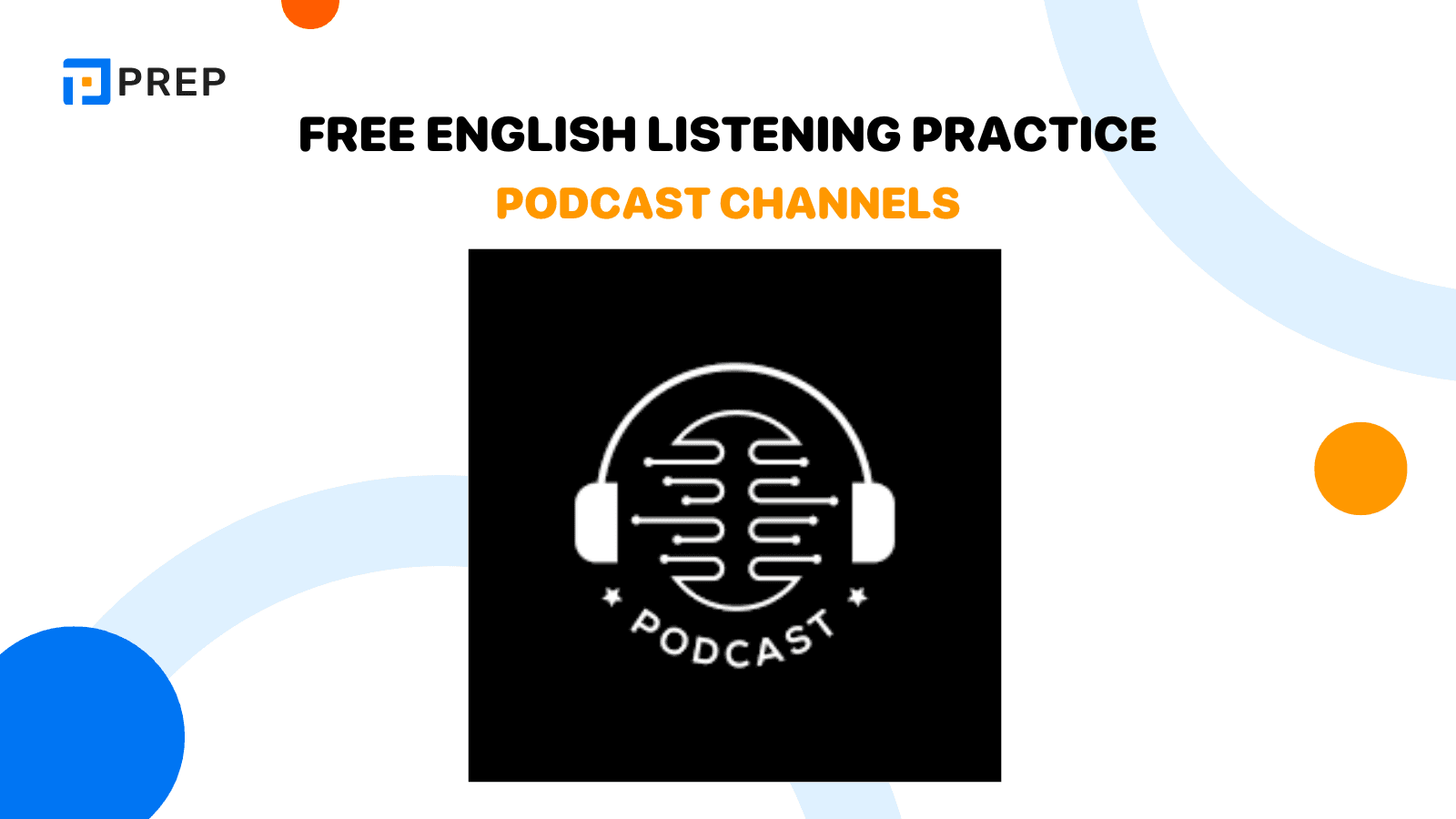
YouTube Channels:
-
Easy English: Features real conversations with people on the street, using English in natural contexts with subtitles and explanations.
-
Speak English with Mr. Duncan: Covers a wide range of speaking and listening topics in an energetic, learner-focused style.
-
Rachel’s English: Focuses on American pronunciation and listening comprehension through practical dialogues and slow-speed breakdowns.

Tips for using these platforms effectively:
-
Start with episodes under 10 minutes if you're a beginner or short on time.
-
Use subtitles or transcripts for your first listen, then re-listen without them.
-
Take notes on idioms, intonation, or new chunk phrases you hear.
Incorporating these free resources into your weekly routine will help you get used to unscripted, natural English, which is essential for conversational fluency.
-
See our curated podcast practice guide learning english listening through podcasts for episode suggestions and study routines.
3. Free Websites That Offer Listening Dialogues with Scripts
If you’re looking for structured listening practice — especially with everyday English conversations — several websites offer dialogues with full transcripts, audio recordings, and sometimes even interactive quizzes. These are excellent for learners who want to follow along, check their understanding, and review unfamiliar expressions.
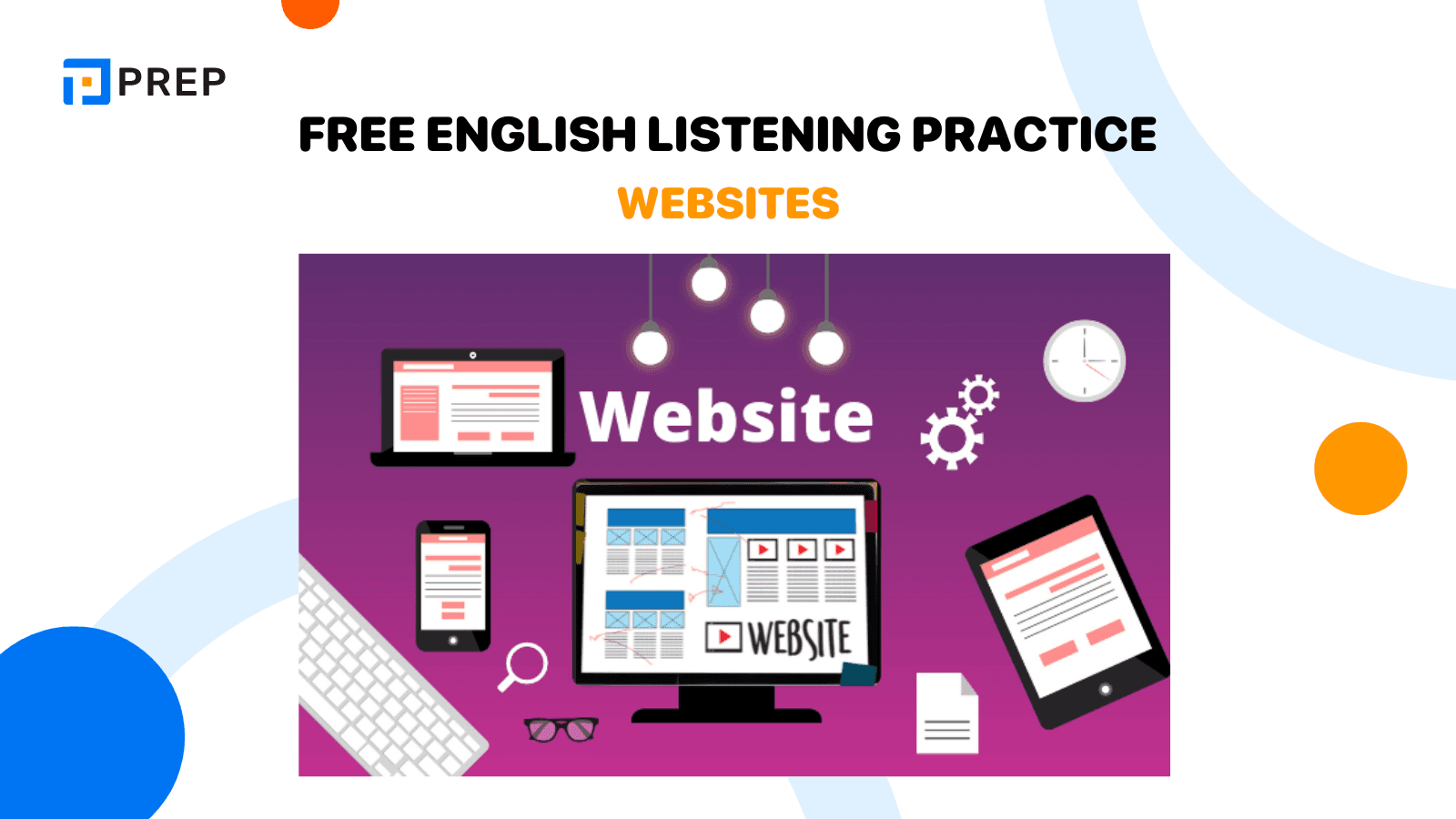
Here are some of the most trusted free websites to explore:
1. Elllo.org
-
One of the best-known free listening resources for English learners.
-
Offers over 3,000 audio and video lessons, many built around real dialogues and everyday topics.
-
Each clip comes with transcripts, vocabulary notes, and comprehension questions.
-
Conversations are spoken by people from different English-speaking countries — great for training your ear with various accents.
2. ESL Lab (esl-lab.com)
-
Created by an experienced ESL teacher, this site offers dialogue-based listening exercises categorized by level and topic.
-
Many recordings are set in common situations like shopping, job interviews, or daily routines.
-
Features pre-listening vocabulary previews, post-listening quizzes, and full scripts for review.
3. British Council – LearnEnglish
-
The Listening section on LearnEnglish includes lesson units built around short dialogue clips in everyday situations (restaurant, office, traveling, etc.).
-
Comes with full audios, interactive activities, and downloadable transcripts.
-
High production quality and clear British English presentation.
4. YouGlish (as a support tool):
-
While not a learning site per se, YouGlish lets you search for any English phrase and instantly hear it used in real conversations from YouTube.
-
Great for studying how idioms or phrasal verbs are used naturally. Combine with other sites for a more complete practice routine.
5. PREP
PREP is one of the best online English conversation practice websites, both cost-effective and equivalent in quality to a top offline class. All of PREP's courses integrate a smart grading feature that allows teachers to provide direct feedback on each error in the Speaking practice, helping you improve your skills effectively.
Particularly, PREP also owns PrepTalk to learn conversational English using the unique Context-Based Learning method. In the learning journey with PrepTalk's AI, you will experience the Context-Based Learning method as follows:
-
Listen and learn phrases and sentence patterns through funny sitcom clips instead of dry theoretical lectures.
-
Test your just-learned knowledge through engaging, fun games. You will get to imitate the sentences in the video you just watched, repeat the incorrect sentences to train your reflexes and improve your language skills.
-
Practice speaking in a variety of communication contexts and have flexible two-way interactions with the AI artificial intelligence. You will have the opportunity to practice English conversations with AI and receive detailed feedback with an accuracy of up to 80%.
Pros:
-
A-level of teachers who provide detailed corrections and caring support for students.
-
Funny video clips make learning an enjoyable experience.
-
Advanced AI technology automatically points out specific errors in vocabulary, grammar, and intonation in your spoken performance.
Cons:
-
Require payment for the courses and features, although the cost is very reasonable.
Link website: https://prepedu.com/vi/
How to make the most of these websites:
-
Listen twice: first with no script, then with transcript support.
-
Pause to repeat challenging phrases and practice pronunciation.
-
Note useful idioms or expressions you encounter and try using them in your own context.
These platforms give you access to realistic dialogues at no cost, helping you develop not only listening skills but also everyday vocabulary, pronunciation, and cultural awareness.
IV. Practicing Listening for Speaking Tests Like IELTS or TOEFL
If you're preparing for a speaking test like IELTS or TOEFL, listening to real English conversations is not just helpful — it’s critical. These exams assess your ability to respond naturally and accurately, which heavily depends on how well you understand spoken English in realistic contexts.
Building familiarity with authentic dialogue prepares you to communicate clearly, structure ideas effectively, and respond with confidence during exam interviews or one-on-one speaking tasks.
Focus on Part 1 and Part 2 Listening Sections
-
In IELTS Speaking Part 1 or TOEFL’s integrated speaking tasks, you’ll face common, real-life topics like hobbies, studies, daily routines, or personal experiences.
-
Practicing listening to short interviews and everyday conversations helps train your brain to recognize cues, question types, and expected speaking patterns.
-
Shadowing or repeating answers based on model interviews is a great way to build fluency while reinforcing listening accuracy.
Learn Idiomatic and Everyday Phrases Used in Test Dialogues
-
Examiners reward naturalness of language, so using idioms, phrasal verbs, or fixed expressions (e.g., “That’s a tough one,” “Off the top of my head,” etc.) can show advanced command of English.
-
Listening to native speakers in informal or semi-formal settings gives you access to ready-made phrases you can adapt in real time.
-
Keep a vocabulary notebook with useful expressions you hear in podcasts, sample interviews, or YouTube clips focused on speaking test prep.
Use Official and Simulated Practice Materials with Real Dialogues
-
Practice with IELTS Speaking samples or TOEFL Speaking integrated tasks that include audio.
-
Use websites like Cambridge English, British Council, or ETS for free official materials — many of which include transcripts, example answers, and pronunciation guides.
-
Combine your listening practice with speaking drills — repeat answers aloud, record yourself, then replay the sample again and self-assess.
Consistent exposure to high-quality dialogue content — paired with active listening and speaking repetition — will make a noticeable difference in your test preparation and help you sound more confident and natural under exam pressure.
For targeted strategies and step-by-step practice routines for IELTS Listening, see ways to improve listening IELTS.
This article has compiled the most reliable sources for English listening practice, including top YouTube channels, podcasts, and websites. It also guides how to learn conversational English listening to help you progress quickly. Let’s save this information to achieve great success in your conversational English listening practice!

Hi I'm Chloe, and I am currently serving as an Product Content Administrator at Prep Education. With over five years of experience in independent online IELTS study and exam preparation, I am confident in my ability to support learners in achieving their highest possible scores.
Comment
Premium content
View allPersonalized roadmap
Most read


